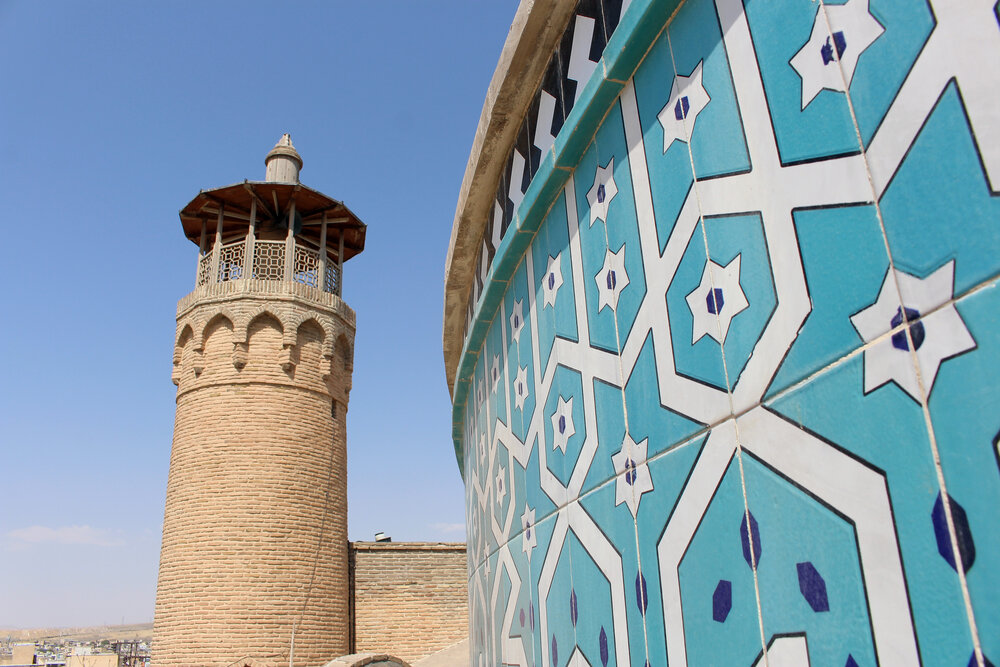Jameh Mosque of Borujerd undergoes restoration

TEHRAN – A fresh restoration work has commenced on the Jameh Mosque of Borujerd, a centuries-old congregational place of worship that stands tall in the western Iranian city in Lorestan province.
The mosque’s dome, rooftop, tilework, and its worn-out bricks are subject to restoration work, provincial tourism chief Seyyed Amin Qasemi said on Saturday, ISNA reported.
In addition to its religious significance, the Jameh Mosque of Borujerd is an attractive tourist destination as it draws many sightseers annually, the official said.
The mosque is the epitome of early Islamic architecture. Moreover, it has water storage, a guest house, a central courtyard, the official said.
The Jameh Mosque of Borujerd is believed to be the oldest mosque in the Zagros area and western Iran. It ranks as No. 228 in the Inventory of National Artefacts of Iran. Built on an ancient fire temple of the pre-Islamic Sassanid era, the mosque is located in the old district of Borujerd previously called Dodangeh.
Furthermore, the mosque public gatherings, Gharib Khaneh (an asylum for the poor and invalids), a Hammam (public bathhouse), a field, and an Ab-Anbar (underground water storehouse). Most of these facilities have already been destroyed or replaced with modern streets and shops.
The portico and minarets of the Jameh mosque are said to have been built in 1209 AH (1794/5 CE), as an adjunction to its lofty arch built under Ma’mun and Mo’tassem. The religious and poetic inscriptions visible upon the entrance arch and on the wooden minbar and door of the mosque speak of these architectural alterations in the course of history.
The architectural works are done here in the 4th and 5th centuries have been compared – owing to the execution of the main pillars, the round-based pseudo-columns, the brick decorations – to the mausoleum of Amir Esma’il the Samanid in Bukhara. The plan of the mosque's dome chamber and that of its secondary aisles at the corners of the perimeter have been likened to those of Heidaryyah Qazvin and the Jameh Mosque of Golpayegan. Assuming seven periods of restoration and essential repair, it is said that the most ancient part of the ensemble is its principle dome construction, now surrounded by adjunctions of later periods.
This mosque has two entrances, on its eastern and western sides. The interior façade of the dome-covered space, besides the architectural adjunction made in various periods, incorporates refined decorations, including an exquisite epigraph on the southern wall, above the mihrab. Besides the majesty and importance of this building and the delicacy of its architectural fabric, a note must be made of the mosque's nine-stepped minbar, of particular importance.
The mosque was bombed by Iraqi planes in the 1980s and was damaged by rain and earthquakes. The 2006 Borujerd earthquake ruined its minarets and damaged it vastly.
The terms “Jameh Mosque”, “Masjed-e Jameh” and “Friday Mosque” are used in Iran for a grand communal mosque where mandatory Friday prayers are performed: the phrase is used in other Muslim countries but only in Iran does it designate this purpose.
AFM
Leave a Comment